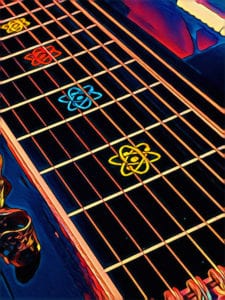As an Amazon Associate Playpedalsteel.com earns from qualifying purchases. This page contains affiliate links.
Although the pedal steel isn’t a fretted instrument, it does utilize a fretboard so that players can have a visual marker to use when playing. This can be beneficial for your intonation, and moving the bar along the strings to certain pitches and notes.
Many pedal steel fretboards look very similar to a regular guitar’s fretboard, however the frets themselves aren’t raised or ingrained into the neck of the guitar. Often, pedal steel fretboards will visually display up to 24 frets, with markers every few frets or so.
The fretboards for many Emmons guitars utilizes atomic symbols for markers, and has become one of the most iconic fretboard types for pedal steel guitar. Other brands have used clever designs for their fretboard markers, making the fretboard a characteristic feature of many pedal steel guitars.
Let’s dive deeper into pedal steel fretboards, their different types, and the various functions they can offer…
The Function and Purpose
Overall, the main function of a pedal steel’s fretboard is to help a player visually align their bar to certain areas of the strings to accurately pitch notes that are in tune with their musical environment. Because the pedal steel is fretless (only the bar actually “frets” and sustains notes), any slight change in position or pressure of the player’s bar can alter the pitch of a note.
By using your ear, and the marked fret lines on the fretboard, you can have greater success with playing notes that are more in tune with the musicians around you. Also, the fret lines can provide a visual aid for keeping your bar straight as you play, which is usually beneficial for playing more in tune on pedal steel.
The fretboards also add a visually characteristic element to pedal steels, giving them a resemblance to regular guitars. Many times, people that see a pedal steel can tell it has a visual resemblance to regular guitar because of the strings and its fretboard.
Different Types of Fretboards
Many of the fretboards you see for pedal steel vary based on the brand or manufacturer of the pedal steel guitar. For instance, most older Sho-Bud pedal steels have fretboards with playing card symbols on them that act as fret markers. GFI often uses horseshoe symbols, and some brands use more shape-based markers.
Most pedal steel fretboards will function the same, and are attached to the top of the body of the guitar underneath its strings. However, some fretboards may be different in scale length if the pedal steel is constructed differently than other pedal steel guitars.

The fret marker symbols make it easier for you to quickly identify what fret number you are looking at as you play. Usually, these are found at the 3rd, 5th, 7th, 9th, and 12th frets respectively. They also extend to the 15th, 17th frets and beyond (many times there will be a marker at the 24th fret to depict a new musical octave as you play.
Where to Buy Pedal Steel Fretboards
If you’re looking for a pedal steel fretboard, whether to replace an old one, customize your guitar, or for another reason, then it can be worthwhile to reach out directly to the manufacturer of the pedal steel. If the company is still in business, they’ll sometimes have extra parts and inventory on hand and may be able to sell you a fretboard that hasn’t been installed yet on a new pedal steel.
Also, Tom Bradshaw sometimes carries pedal steel fretboards that he sells on his site. The Steel Guitar Forum is also a great place to look for fretboards, and if you search or ask other members there many times they’ll be able to let you know where to find them for sale.
When buying a fretboard for your pedal steel, pay attention to the color and design of the fretboard (in comparision to the color of the pedal steel guitar). If you put a fretboard on that doesn’t match the body of the pedal steel, it may be aesthetically displeasing to look at.
Fretboard Colors and Markers
Most pedal steel fretboards have a black background, however some have other colors including white. The symbol colors can vary greatly depending on the brand and particular pedal steel guitar.
Here are some common symbols to see on pedal steel fretboard, which act as fret markers…
- Emmons: Atomic Particles
- Sho-Bud: Playing Card Symbols
- GFI: Horseshoes
- Williams: Rectangular Blocks
- Marlen: Musical Notation Symbols
- MSA: Chess Pieces
Some companies like MSA are offering fretboards that light up at certain areas, which can be a neat aesthetic when playing on stage. It can also provide better visual aid in darker environments (such as a stage).
As mentioned earlier, the Emmons pedal steel brand is often known for the atomic particle symbols that are found on its fretboards. Buddy Emmons himself was a fan of Einstein, quantam physics, and astronomy, so these symbols have a characteristic quality to them.
Most fretboards that have a black background, will use white lines to depict the frets. This can be an efficient and easy way to quickly see these fret lines, especially if the body of the guitar is a darker color too.
Many times on pedal steel, fretboards that have a black background will resemble the looks of an ebony or rosewood fretboard on regular guitar. A pedal steel that has a white background on the fretboard will often look more similar to a maple fretboard on guitar.
Conclusion
Pedal steel fretboards not only provide a functional way for players to play more in pitch with the instruments around them, they also add characteristic qualities to the aesthetics of pedal steel guitars.
Compared to the overall build and mechanics of pedal steels in general, the fretboard is usually not an essential component to consider when purchasing a pedal steel guitar. However, it does provide some visual elements to the instrument that can add to the pedal steel’s particular style and look.
When looking at pedal steel guitars, you can often identify the brand of the steel just from its fretboard, which can be a useful way to learn more about that particular instrument.
Thanks for checking out this page, hope it is helpful and makes playing more enjoyable! If you’re interested in diving deeper into playing E9 pedal steel, check out these resources and guides…
The Chord Guide for E9 Pedal Steel (E-Book, Digital Download)
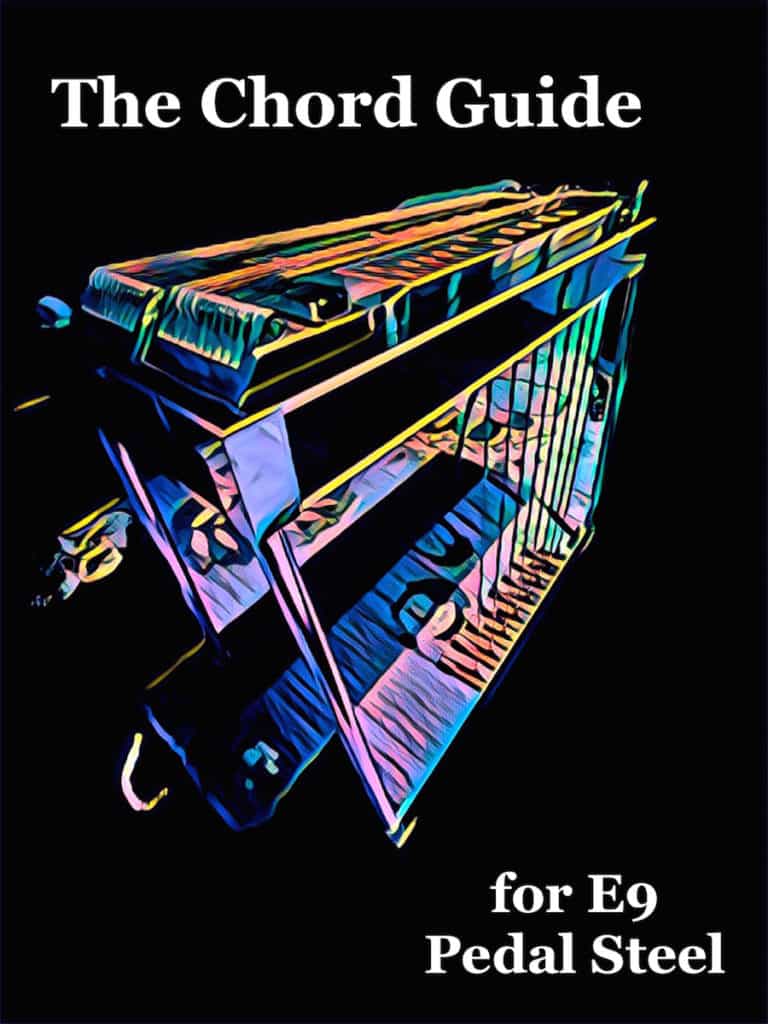
Learn the chords on the E9 neck in a way that makes playing simple and enjoyable…
- Almost Every Chord You’ll Ever Need for E9
- Intuitive and Easy to Use
- Make Use of Pedal and Lever Combinations
- Example Tabs of Chord Movements
- Easily Utilize the Nashville Number System
- Great For Any Key and Style of Music
Includes a bonus section of over a hundred pages of extra chord charts, key references, and more!
You may also like…
200 Country Riffs & Licks for E9 Pedal Steel
Add these country licks to your playing repertoire…
- Easy to Read Format
- Includes Rhythmic Notation
- Playing Over Chord Changes
- Great for Country, Alt-Country, & Honky-Tonk Styles
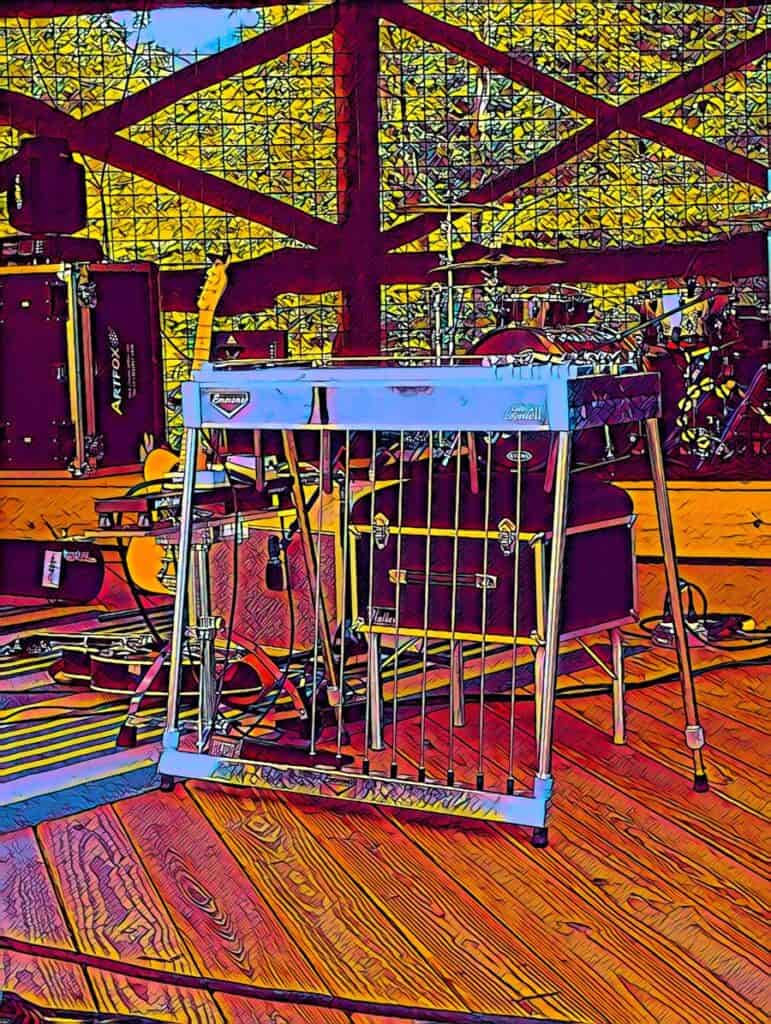
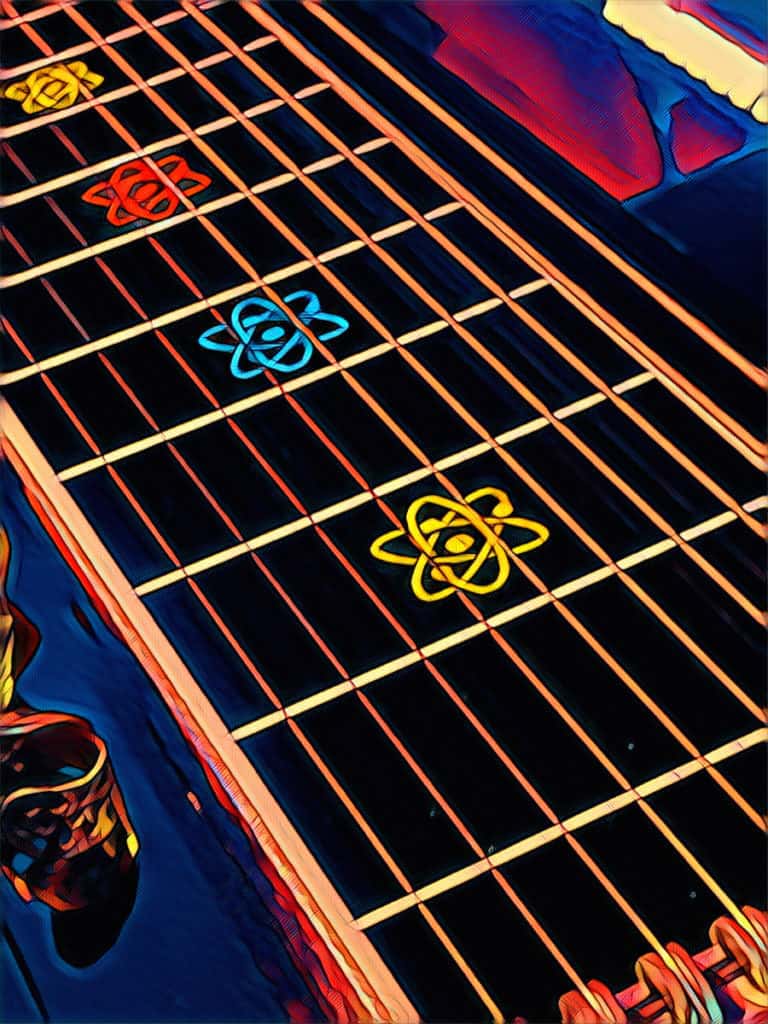
The Scale Book for E9 Pedal Steel
Over 1,000 Pages with Tabs and Diagrams!
- Easy to Use Reference for Practicing
- All Major and Minor Pentatonic Scales, Modes, Major Scales
- All Keys, and Covers the Fretboard
- Includes Pockets of Scales
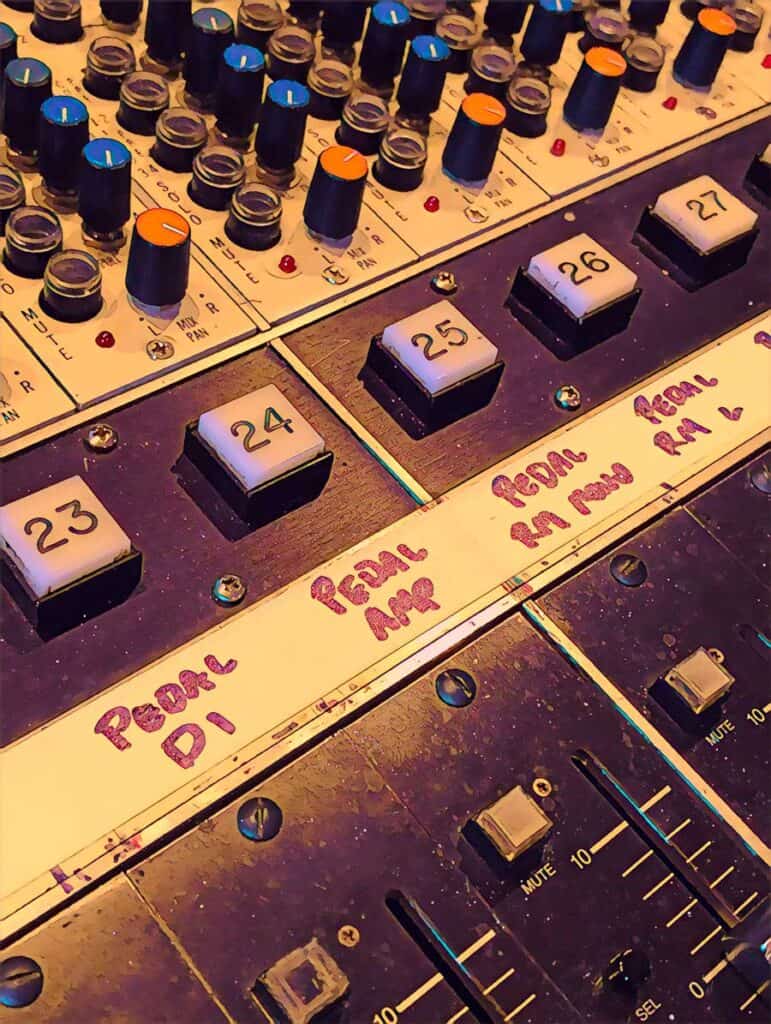
Harmonized 6ths
- Hundreds of Riffs, Licks, and More
- How To Play Sixth Intervals on the E9 Neck – Over Any Chord
- Utilizes The Pedals and Knee Levers
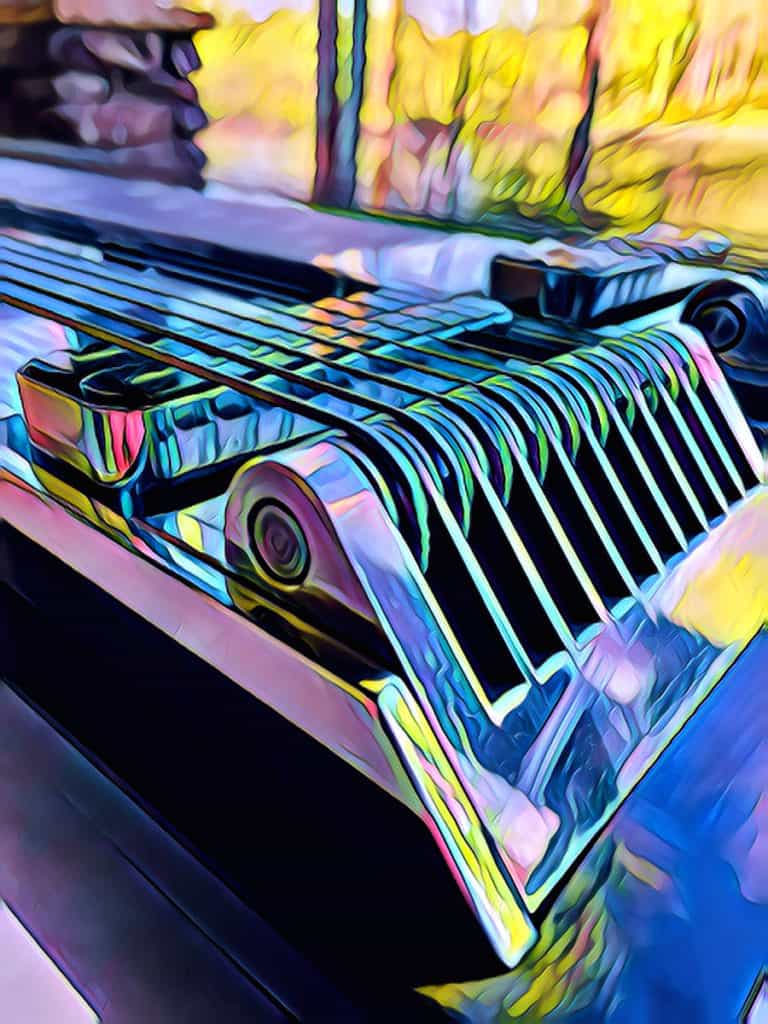
Right Hand Picking & Blocking
- An In-Depth Guide to Picking and Blocking
- Perfect Your Technique
- Includes Graphics, Illustrations, & Practice Exercises
